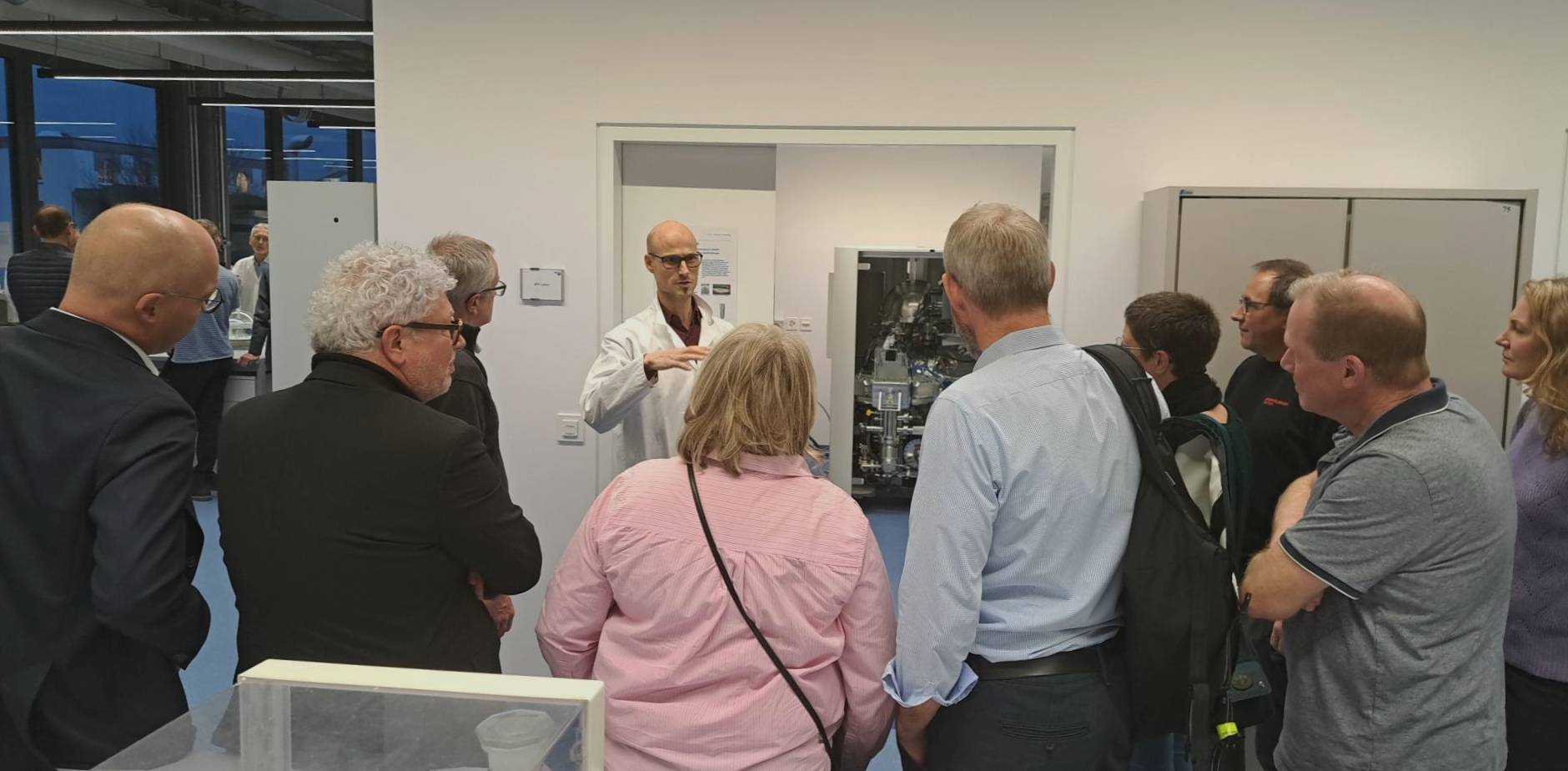RMS Foundation
Robert Mathys-Strasse 1
2544 Bettlach
Switzerland
Phone +41 32 644 2000
Scanning Electron Microscopy (SEM) and Energy Dispersive X-ray spectroscopy (EDX) in combination offer a wide range of possibilities for the analysis and characterization of materials. They are ideal for determining the topography and structure of surfaces and fracture surfaces, with a magnification of up to 300,000×. We also have the option of analyzing samples at higher pressures, which allows us to analyze delicate, non-conductive samples without prior coating.
EDX spectroscopy offers the possibility to combine the SEM images with a determination of the elmentary composition and thus to visualize the chemical composition. Another example is particle analysis, in which the shape and composition of each individual particle can be determined.
Whenever possible, we carry out our testing services in accordance with or based on international standards, e.g:
However, we will also be happy to find a solution for your specific problem.
We can analyze all vacuum-resistant, metallic and non-metallic solids (e.g. polymers, ceramics) and powders.
The VP mode (reduced vacuum) allows the analysis of non-conductive samples without sputtering or metallization.
Magnifications from 5× up to 300,000× are possible.
EDX allows for quantification of most elements with a detection limit of approx. 0.4 ‑ 0.5 % for elements lighter than Al and 0.2 ‑ 0.3 % for those heavier than Al. The lateral resolution and the depth of information are approx. 1 μm each.
Yes, you are welcome to be present during the SEM investigations. This facilitates communication and allows for situational responses to the investigation results, which often has a positive impact on the quality of the results.
Yes, SEM / EDX analyses are accredited according to ISO/IEC 17025.
Since 1995, the services of our materials testing laboratory have been accredited according to ISO/IEC 17025. Our QM system is ISO 9001 certified.
Here you will find our latest blog posts.

RMS Foundation
Robert Mathys-Strasse 1
2544 Bettlach
Switzerland
Phone +41 32 644 2000
E-Mail
The RMS Foundation will be closed from 24 December 2025 through 2 January 2026. We will be pleased to assist you again from Monday, 5 January 2026.
Subscribe to our Info-letter, and we will inform you about 10 times a year about current developments in the fields of material testing, research, and knowledge transfer.